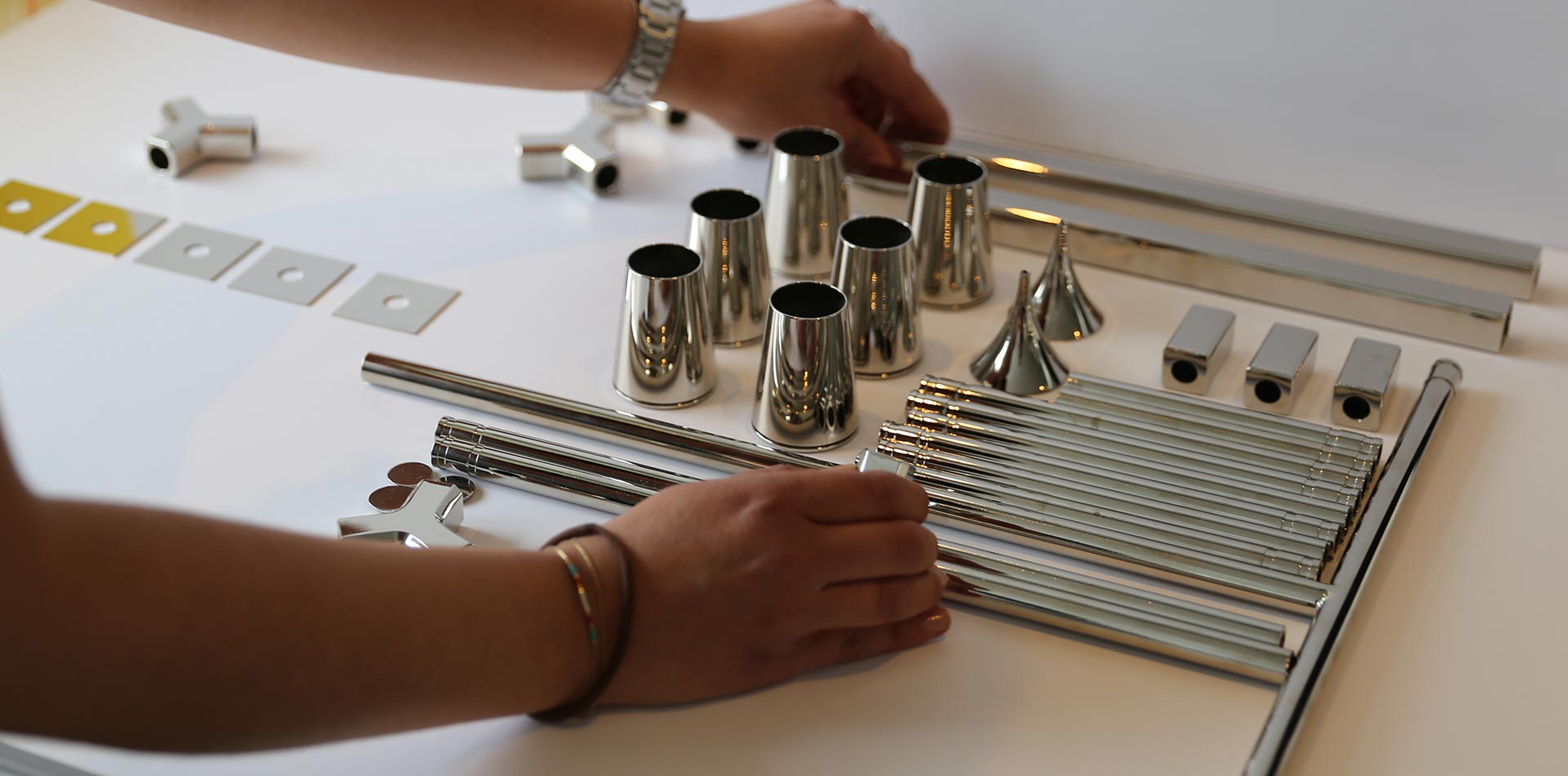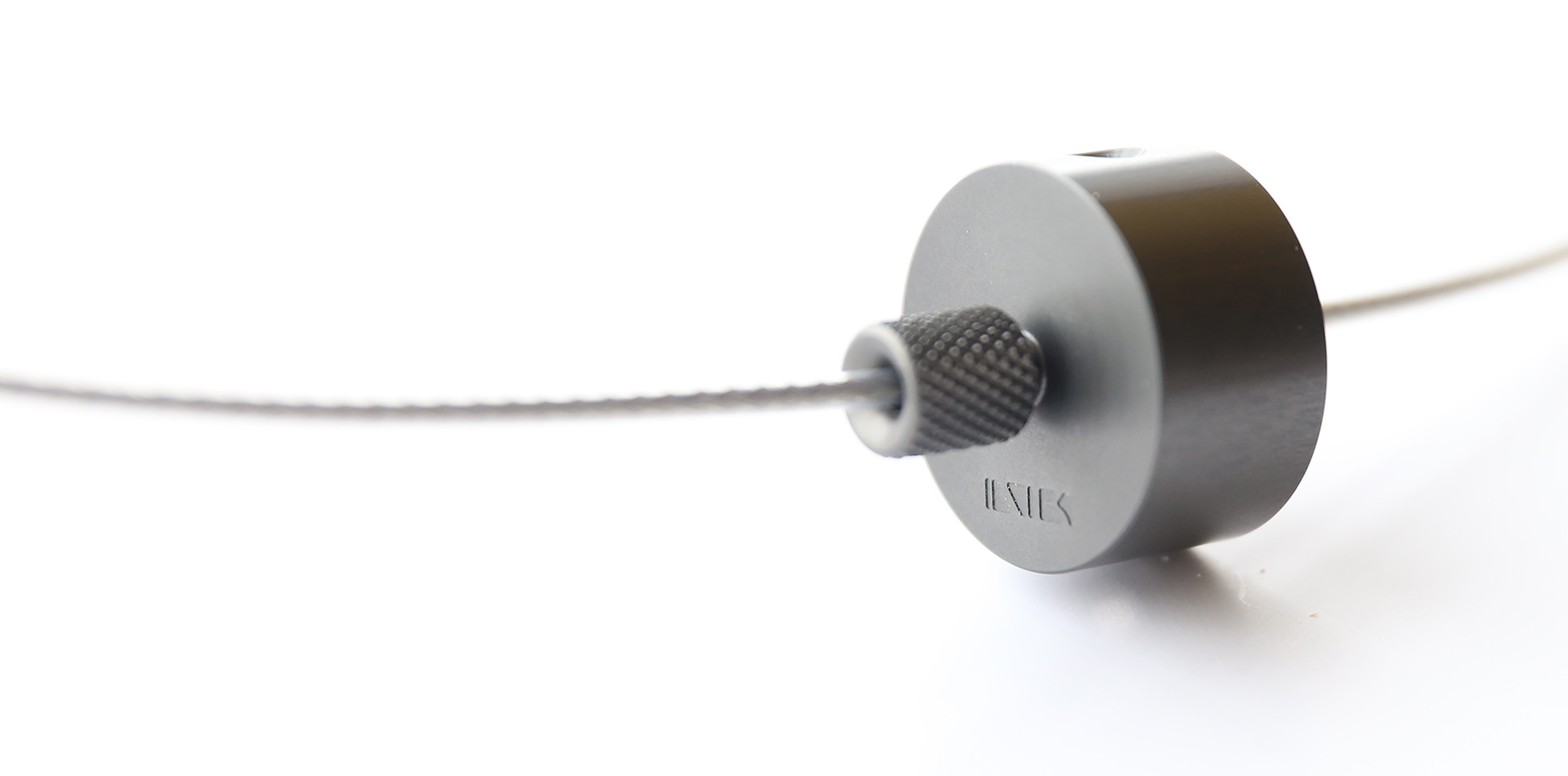Craftsmanship. What is it and what does it mean? Being at the heart of what we do, we’re constantly asking ourselves these questions. We’re in awe of objects that are beautifully and lovingly put together: from watches to pens, furniture to cars, luminaires to architecture. For us craftsmanship is about the smallest of details, care and attention; it involves passion, patience and pride.
When it comes to lighting, it’s very easy to just specify a fitting – a simple downlight – particularly if talking about technical lighting. Here luminaires aren’t the main focus and should be as discreet as possible, because technical lighting isn’t about the fitting; it’s about enhancing the architecture of the space with light.
Feature lighting on the other hand, be it a wall light, pendant or some kind of sculptural element, is when the luminaire itself takes centre stage. When a focal point is created it will catch a person’s eye, and if done well, that person will be captivated by the quality and precision.

When mass-producing a product it’s easy to get the detail right, but it becomes impersonal. Handcrafting something to an exceptional standard is really where the skill lies. Craftsmanship is about making something bespoke for each project or person, and then looking at the detail, meticulously – from amazing polished finishes to intricate hand blown glass components, to how the electrical cable enters the light fitting down to what the screw heads will look like (invisible or not). It’s about looking at every bit of solder on the circuit board, every little bit of the wiring, every finish, every weld, every nut and every bolt.

Handcrafted light fittings, the design and manufacturing of them, involve more than just the quality of light they emit – they’re also about the quality of technical detailing and construction. At Nulty Bespoke we’re in a privileged position because we not only have the knowledge of light, but also that of products. Some product designers might not fully understand the invisible element that comes out of the light fitting (light, obviously) that they’re designing. While the end product maybe very good, the quality of light might not be – it could be a bit flat, a bit bland, or somewhat glary. What we’re able to do is marry the two factors together, taking a combination of technical lighting knowledge and technical product knowledge to develop luminaires that work on both levels.
If everything is well considered, along with the materiality of the product (mass, ratio, composition) then the light fitting ceases to be a light fitting – it becomes an object of desire, an object of beauty. To us this is what true, quality craftsmanship is about. Ultimately these pieces of art and sculpture are valued by people because of what they are – a labour of love and a piece of beautiful design.